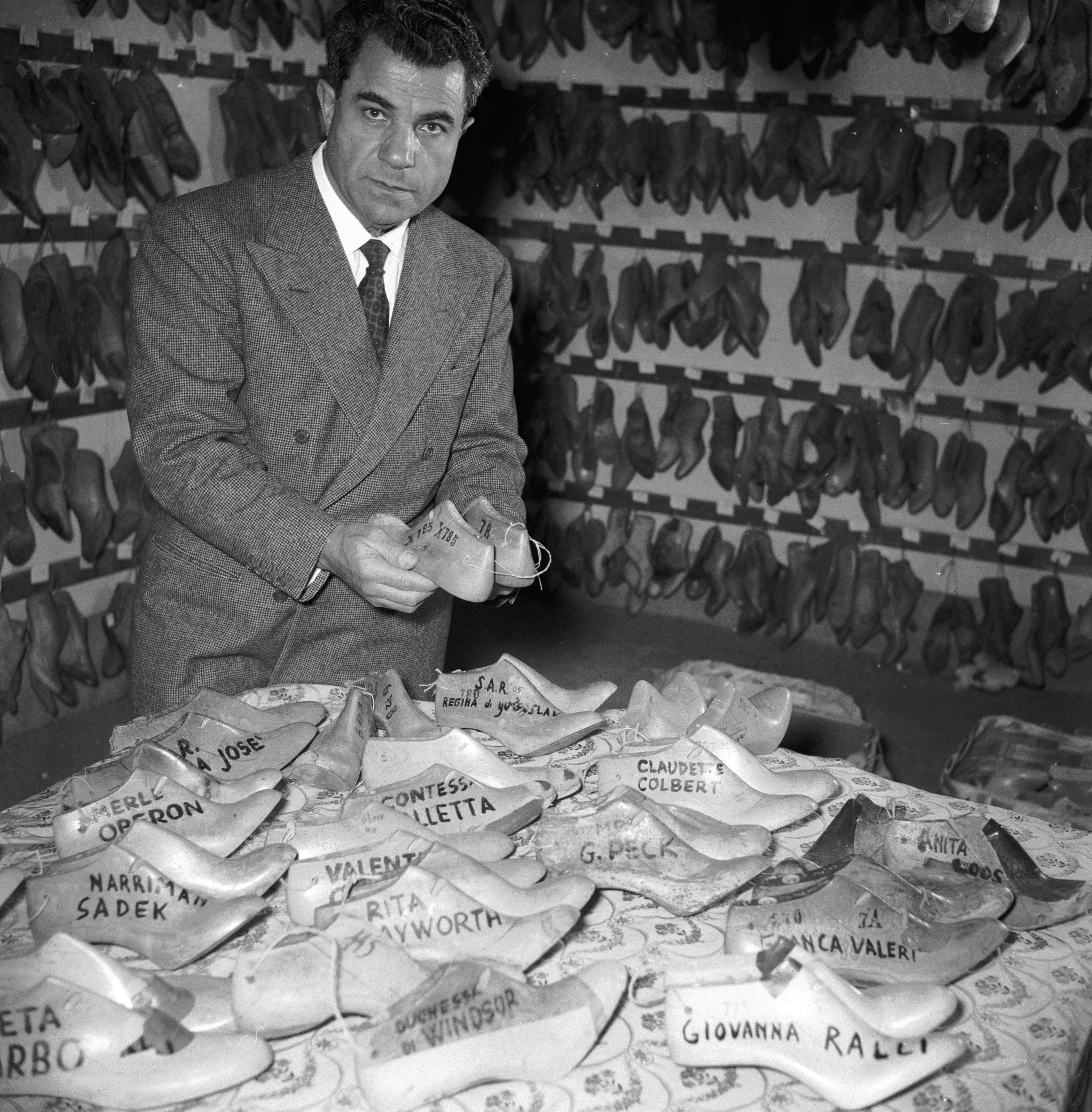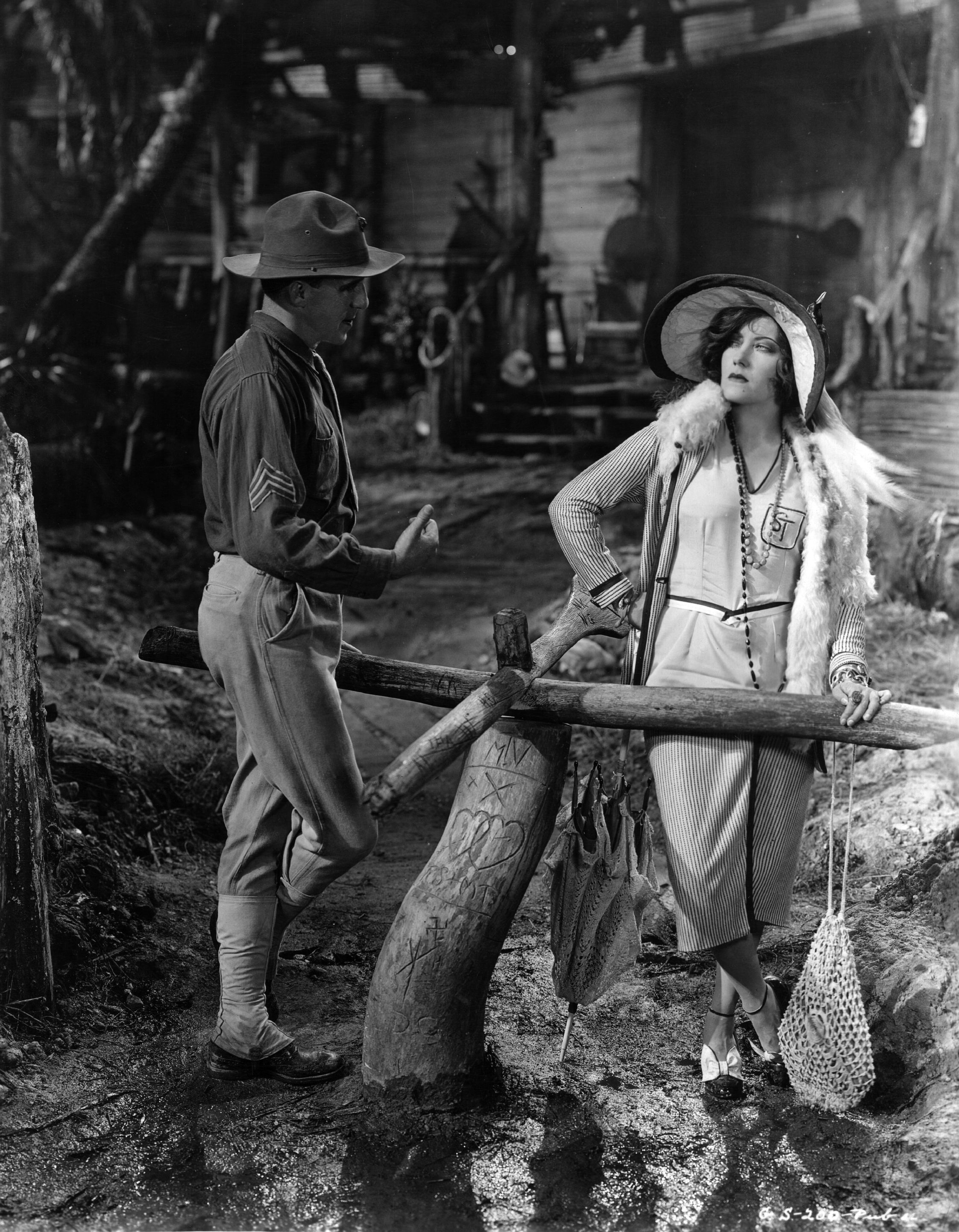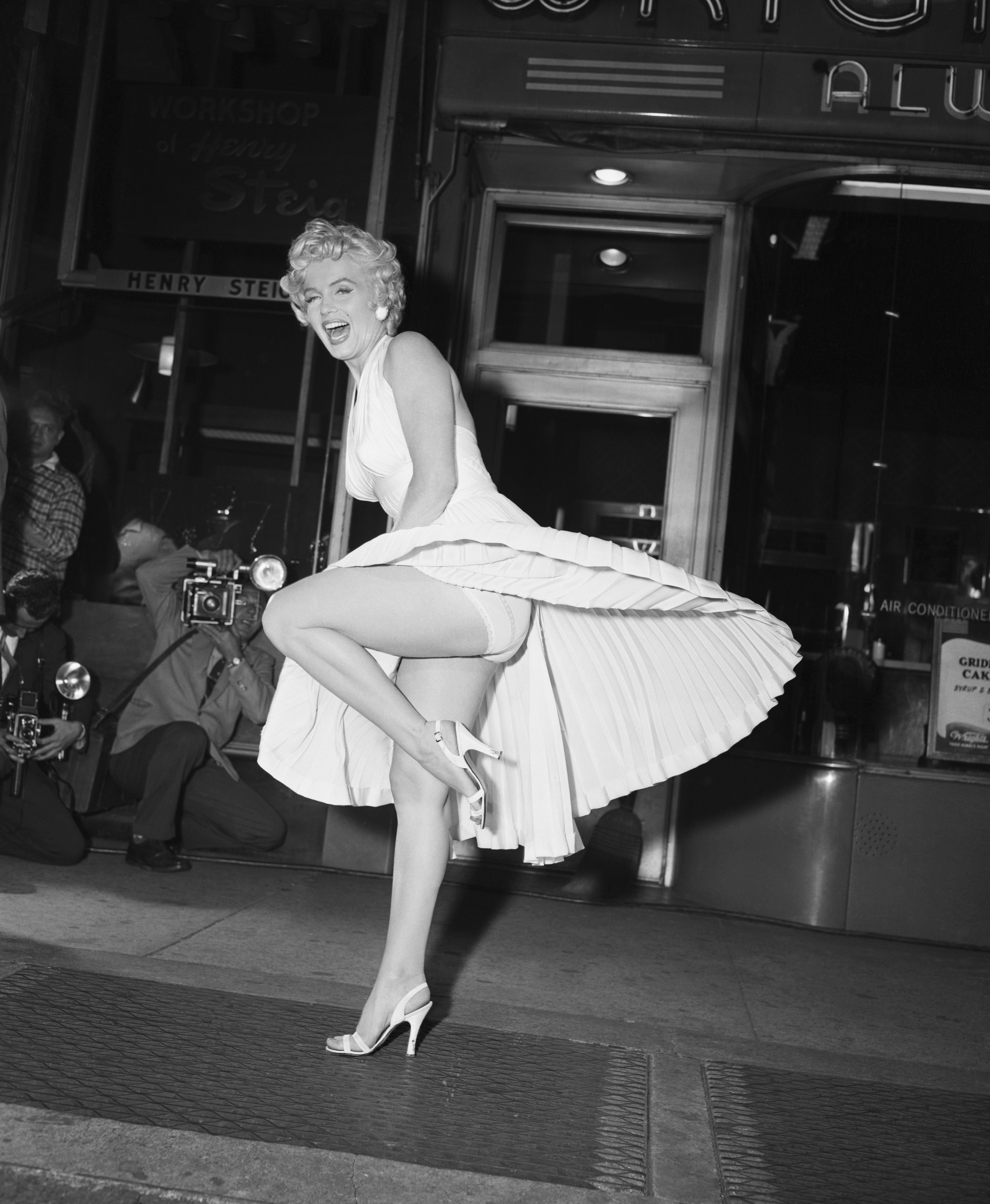News feed

When Judy Garland sang “Over The Rainbow” in 1939 film The Wizard of Oz, she could have been referring to a pair of custom-made Salvatore Ferragamo wedges.
Ferragamo – then known as the “shoemaker to the stars” – crafted the 8.5cm rainbow-coloured platforms for Garland in 1938, in what would become one of the defining designs of his career. Though Garland did not wear them on screen (she, as the character of Dorothy of course, sported ruby slippers), they were inspired by her famous song.
Made of napa leather and suede, the wedges featured rainbow-like panels of dusty red, mauve, yellow, green and blue, with gold straps and were said to have signalled the return of platforms in the modern era. (Titled “Rainbow”, a reissued version of the design is available here.)
Hollywood has always been deeply intertwined with Salvatore Ferragamo – the designer and the brand – both of which were born in Italy with roots in the City of Angels. Ferragamo lived in Southern California, first Santa Barbara and later, Los Angeles, from 1915 until 1927 when he relocated to Florence.
In 1923, Ferragamo – who started designing shoes aged nine – took over the Hollywood Boot Shop at 6683 Hollywood Blvd, on the corner of Las Palmas Avenue, and across the road from the famous Grauman’s Egyptian Theatre, the venue that held the first-ever Hollywood film premiere. There, Ferragamo made shoes for movie stars of the era including “The Bella”, a pair of black calfskin pumps with ankle straps and oversized vanilla bows, which Gloria Swanson wore in the 1928 film Sadie Thompson.

Ferragamo crafted cowboy boots for Cecil B. DeMille-directed westerns and manufactured 12,000 sandals for 1923’s The Ten Commandments. He designed elasticised shoes for silent film star Lola Todd, two-tone pumps for Alice White, with other clients spanning Jean Harlow, Mary Pickford and Greta Garbo.

Later in his career, Ferragamo went on to design ballet flats for Audrey Hepburn and multiple pairs of shoes for Marilyn Monroe. Perhaps the most famous were the white strappy stilettos she wore for her role as “The Girl” in The Seven Year Itch (1955), sported in the iconic scene in which her skirt billows atop a windy Manhattan subway-grate.

“I love feet,” Ferragamo wrote, per the UK’s Telegraph. “They talk to me. As I take them in my hand, I feel their strength, their weaknesses, their vitality or their feelings. A good foot is… a masterpiece of divine workmanship. A bad foot… is an agony.”
Panoramic footage: Marilyn Monroe on the film set of The Seven Year Itch at East 61st St between Lexington Ave and Third Ave on September 13, 1954 in New York, NY. Credit: Getty Images Video









